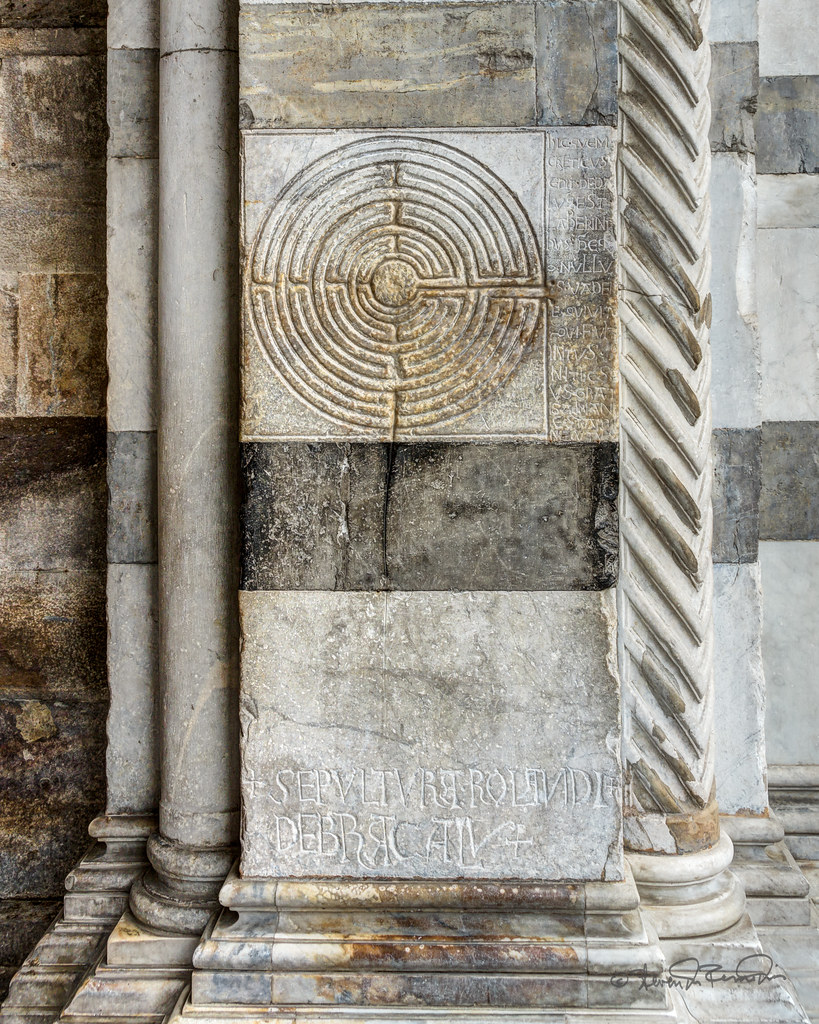
In medieval times, labyrinths began to appear on church walls and floors around 1000 AD.

Mapuche Indians, indigenous to Patagonia, have had experiences similar to American Indians. During the 1870s they were systematically killed and removed from the Argentinian plains.
During a trip to Chichen Itza to explore locations for a film about Maya legends and astronomy, I received permission from  to produce this immersive image depicting the legendary Tree of Life.
to produce this immersive image depicting the legendary Tree of Life.

The Mekong River is a vital resource for every country through which it passes. China, Myanmar, Laos, Thailand, Cambodia, and Vietnam rely upon these waters for agriculture, fishing, and transportation. In recent years water use has been abused and downstream populations have had to deal with pollution and unreliable water levels.

Mt. Etna is an intermittently active volcano that put on a display for us as we hiked the cinder cones at its base.

Many visitors to Paris miss this gem. It has the caché of an old B-movie starring Peter Lorre.

There are few thing that express Paris - the Eiffel Tour, Sacre-Coeur, and Notre Dame. Visitors nearly always want to snap a photo of these places while enjoying their moments of admiration.

The COVID-19 pandemic has disrupted so many lives. The stone gate in Zagreb is a sacred shrine to Mother Mary whose portrait miraculously survived a fire in the 17th century.

Saint Rosaria is the patron saint of Palermo. Her body was discovered in a grotto high above the city.

